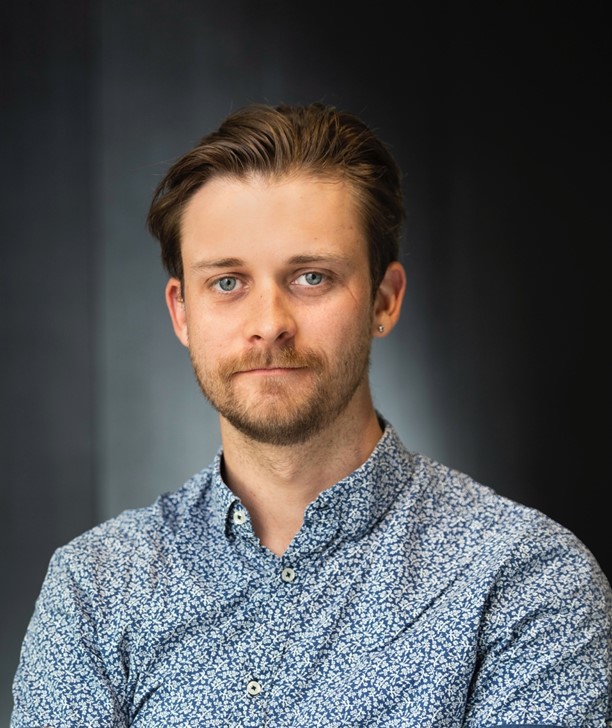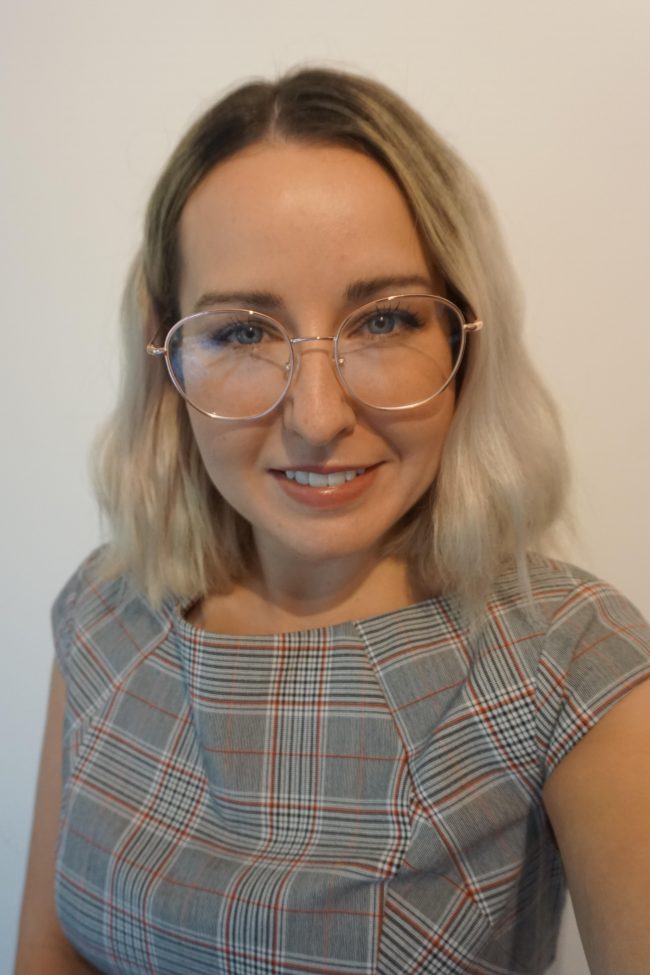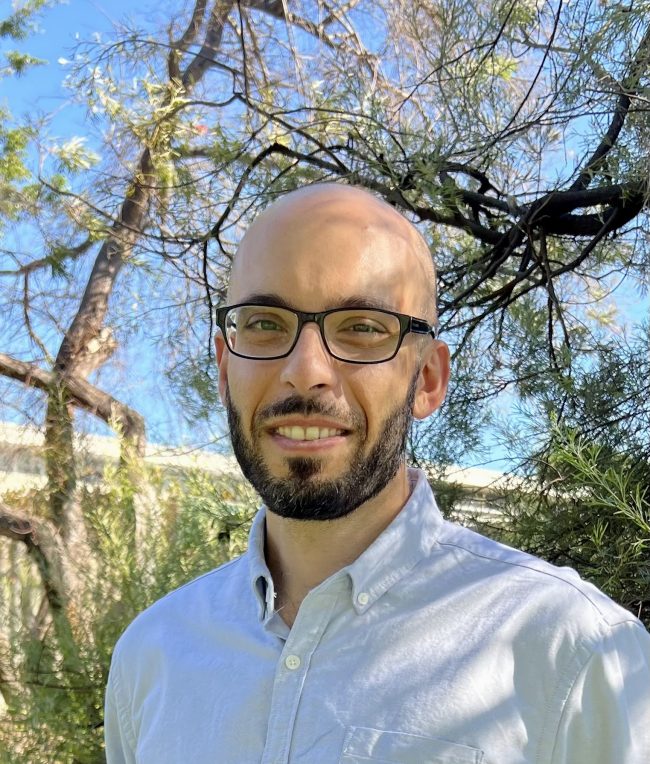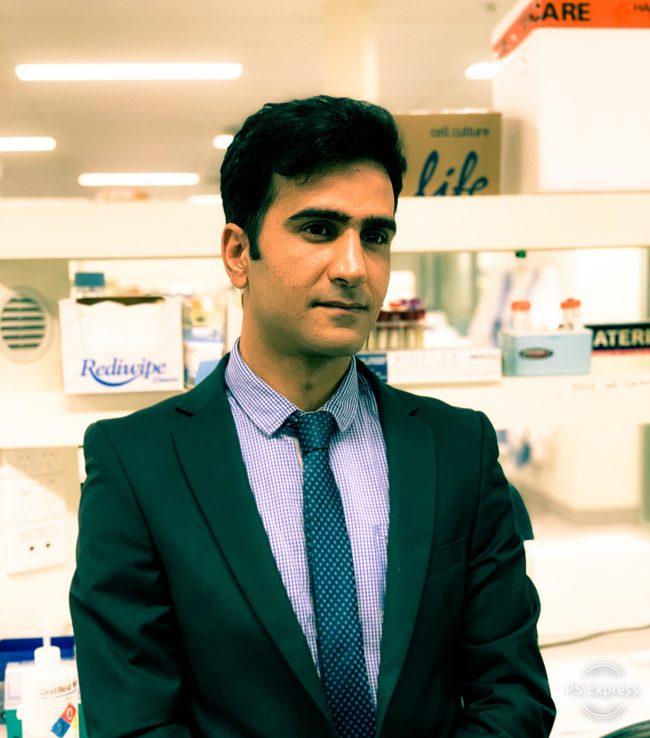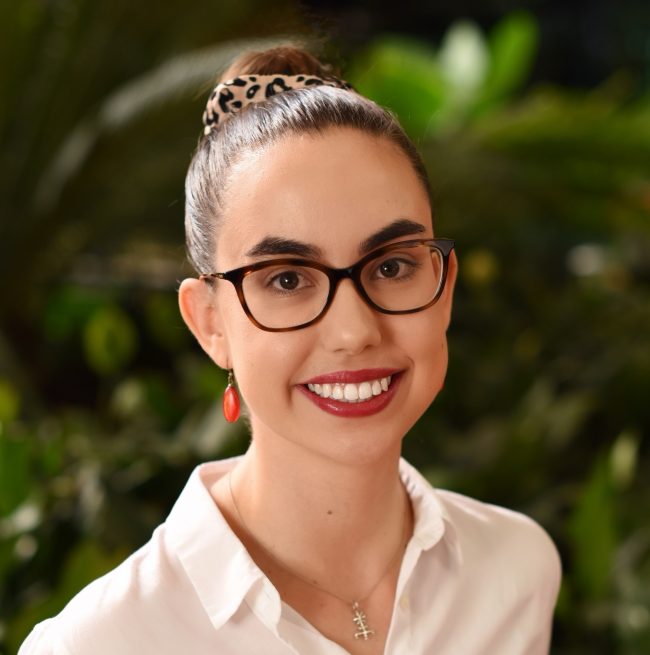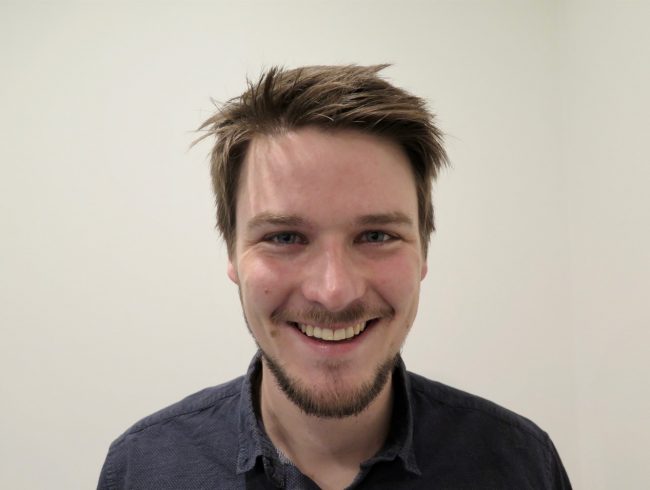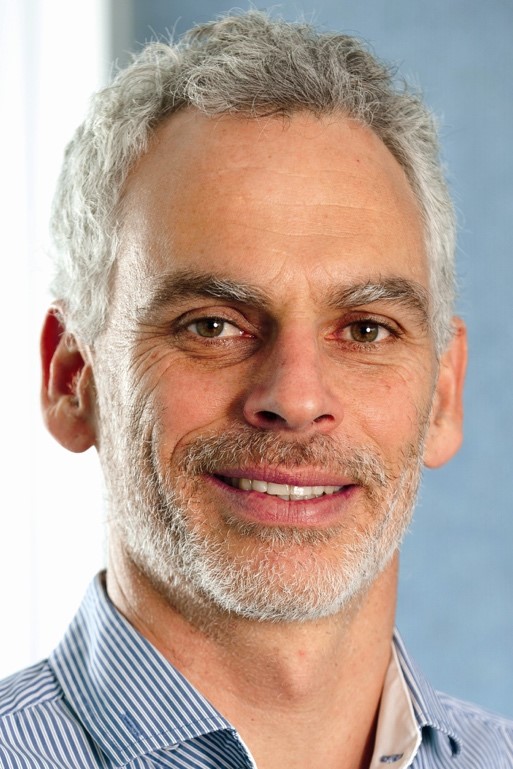Ryan O’Hare Doig
In 2017, Dr. Ryan O’Hare Doig was awarded his Ph.D in Neuroscience and Physiology at the University of Western Australia. His early research career focused on understanding the pathophysiology of injury to the central nervous system, with a key focus on spinal cord injury.
In 2019, Ryan was appointed as the Head of Spinal Cord Injury Research at the South Australian Health and Medical Research Institute (SAHMRI). Since then, he has developed a research programme with three distinct but overlapping themes of research utilising biomedical imaging: discovery, diagnostics, and therapeutics.
Through these themes Ryan has a gained a wealth of experience in optical imaging, µCT, PET/SPECT, and quantitative MRI, from small and large animal models through to human clinical trials. Ryan’s current research interests include diagnostic PET biomarkers of neuroinflammation, and DTI and fMRI of the brain and spinal cord to measure autonomic dysfunction.


